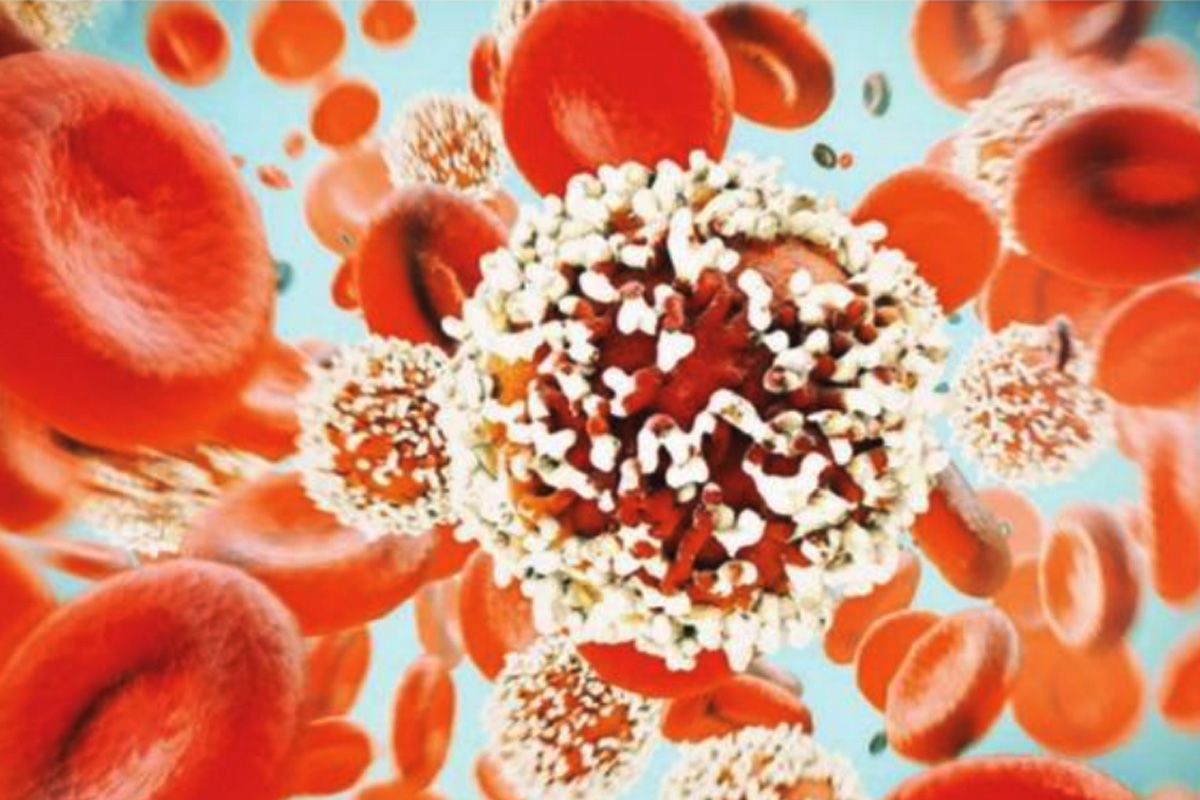Why are young people prone to colon cancer?
Colon cancer or colorectal cancer is a type of cancer that begins in the colon or rectum. The colon and rectum are parts of the digestive system, responsible for processing food and eliminating waste.
Several substances including chemical carcinogens lead to cancer often after metabolic activation in the liver.

Photo: SNS
The idea that certain chemicals, such as those found in tobacco smoke, can cause cancer was first proposed more than 200 years ago. In 1761 a London doctor, John Hill, reported that people, who routinely use snuff (a powdered form of tobacco that is inhaled), experience an abnormally high incidence of nasal cancer, suggesting the presence of cancercausing chemicals in tobacco.
A few years later another British physician, Percival Pott, observed an elevated incidence of scrotum cancer among men who had served as chimney sweepers in their youth. It was common practice at the time to employ young boys to clean chimney flues because they fit into narrow spaces more readily than adults. Pott speculated that the chimney soot became dissolved in the natural oils of the scrotum, irritated the skin, and eventually triggered the development of cancer.
This theory led to the discovery that scrotum cancer could be prevented among chimney sweepers through the use of protective clothing and regular bathing practices. In the years since these pioneering observations, the list of known and suspected carcinogens (cancercausing agents) has grown to include hundreds of different chemicals.
Advertisement
Chemicals are usually labelled as carcinogens because humans or animals develop cancer when exposed to them.
This does not mean, however, that each of these substances causes cancer through its own direct action. For example, consider the behaviour of 2-naphthylamine, a potent carcinogen that causes bladder cancer in industrial workers and is present in tobacco smoke.
As might be expected, feeding 2-naphthylamine to laboratory animals induces a high incidence of bladder cancer. But if 2- naphthylamine is implanted directly into an animal’s bladder, cancer rarely develops.
The explanation for the apparent discrepancy is that when 2-naphthylamine is ingested (by animals) or inhaled (by humans) it passes through the liver and is metabolically converted into chemical compounds that are the actual causes of cancer. Placing 2-naphthylamine directly in an animal’s bladder bypasses this metabolic activation and consequently cancer does not arise.
Many carcinogens share this need for metabolic activation before they can cause cancer. Substances exhibiting such behaviour are more accurately referred to as pre-carcinogens, a term applied to any chemical that is capable of causing cancer only after it has been metabolically activated.
The activation of most precarcinogens is carried out by liver proteins that are members of the cytochrome P450 enzyme family. Members of this enzyme family catalyse the oxidation of ingested foreign chemicals, such as drugs and pollutants, to make the molecules less toxic and easier to excrete from the body.
However, in some cases these oxidation reactions inadvertently convert foreign chemicals into carcinogens — a phenomenon known as carcinogen activation. Once it had been determined that chemicals can cause cancer, the question arose as to how they work.
The idea that carcinogenic chemicals act by triggering DNA mutations was first proposed around 1950, but there was little supporting evidence at that time because nobody had systematically compared the mutagenic potency of different chemicals with their ability to cause cancer.
The need for such information inspired Bruce Ames to develop a simple, rapid laboratory test for measuring a chemical’s mutagenic activity. The procedure he developed, called the Ames test, utilises bacteria as a test organism because they can be quickly grown in enormous numbers in culture.
The bacteria used for the Ames test are a special strain that lack the ability to synthesise the amino acid histidine.
The bacteria are placed in a culture dish containing a growth medium without histidine, along with the chemical being tested for mutagenic activity. Normally, the bacteria would not grow in the absence of histidine.
However, if the chemical being tested is mutagenic, it will trigger random mutations, some of which might restore the ability to synthesise histidine.
Each bacterium acquiring such a mutation will grow into a visible colony, so the total number of colonies is a measure of the mutagenic potency of the substance being investigated. Because many chemicals that cause cancer only become carcinogenic after they have been modified by liver enzymes, the Ames test includes a step in which the chemical being tested is first incubated with an extract of liver cells to mimic the reactions that normally occur in the liver.
The resulting chemical mixture is then tested for its ability to cause bacterial mutations. When the Ames test is performed in this way, a strong correlation is observed between a chemical’s ability to cause mutations and its ability to cause cancer.
Advertisement